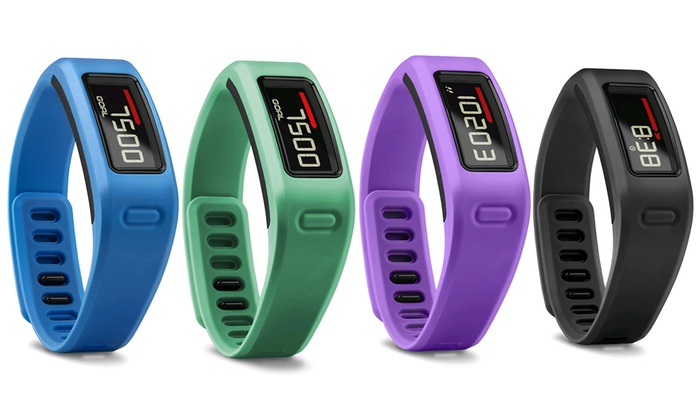Gartner said that it has surveyed 9,592 online respondents from Australia, the U.S. and the U.K. between June and August 2016, to gain a better understanding of consumers’ attitudes toward wearables, particularly their buying behavior for smartwatches, fitness trackers and virtual reality (VR) glasses. The survey highlighted that the abandonment rate of smartwatches is 29%, and 30% for fitness trackers, because people do not find them useful, they get bored of them, or they break.
According to the survey, smartwatch adoption is still in the early adopter stage (10%), while fitness trackers have reached early mainstream (19%). Only 8% of consumers have used VR glasses/head-mounted displays (excluding cardboard types).
The survey found that people typically purchase smartwatches and fitness trackers for their own use, with 34% of fitness trackers and 26% of smartwatches given as gifts.
Survey respondents indicated that wearable devices are priced too high, given their perceived usefulness. The survey also revealed that the designs of smartwatches and fitness trackers are not appealing to consumers. To overcome this concern, Gartner recommends wearable providers partner with companies that design, brand, market and distribute watches and fashion accessories because they have experience setting style trends, marketing lifestyle devices and have established retail channels.
Gartner said that the U.S. is leading smartwatch usage at 12%, while the U.K. is at 9% and Australia is at 7%. Usage is up from Gartner’s 2015 consumer survey, which showed that 8% of respondents in the U.S. and 5% in the U.K. used smartwatches. Smartwatch usage is clearly higher among people 44 years old and younger. More than half of people who use a smartwatch (58%) use it every day, and those who don’t (33%) use it at least several times a week.

The survey also showed that the U.S. is leading fitness tracker usage at 23%, while the U.K. is at 15% and Australia at 19%. Usage has increased from the Gartner 2015 consumer survey, which showed that 17% of respondents in the U.S. and 10% in the U.K. used fitness trackers. Most people with a fitness tracker wear it every day. For those who do not, 26% wear their fitness tracker at least several times each week.
According to 29% of survey respondents, fitness trackers are unappealing devices. They said they would not wear them or that the designs are neither fashionable nor attractive.
 Younger people less than 45 years old tended to think a smartphone can do everything they need. People at least 45 years old state that they do not plan to purchase a fitness tracker because they are too expensive for the value.
Younger people less than 45 years old tended to think a smartphone can do everything they need. People at least 45 years old state that they do not plan to purchase a fitness tracker because they are too expensive for the value.
“More fitness trackers will be sold as replacement devices rather than first-time purchases from now until the middle of 2017,” said Mikako Kitagawa, principal research analyst. “It’s important for providers to market lower-priced fitness trackers to the older user segments, especially to older women.”
